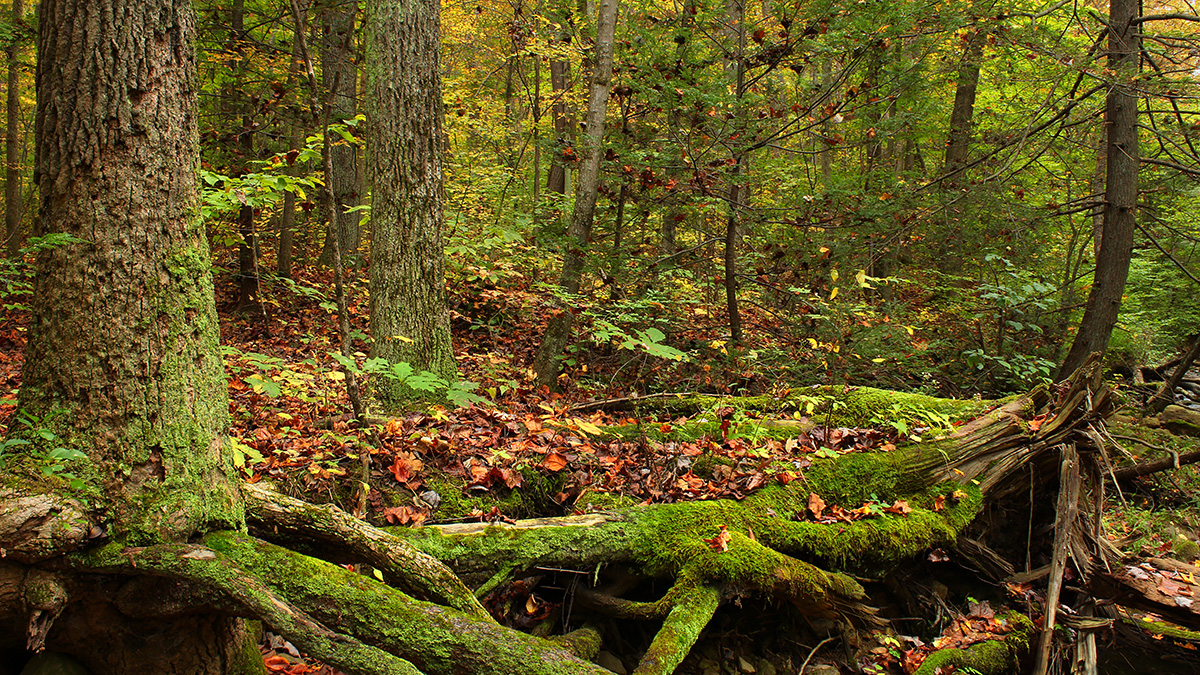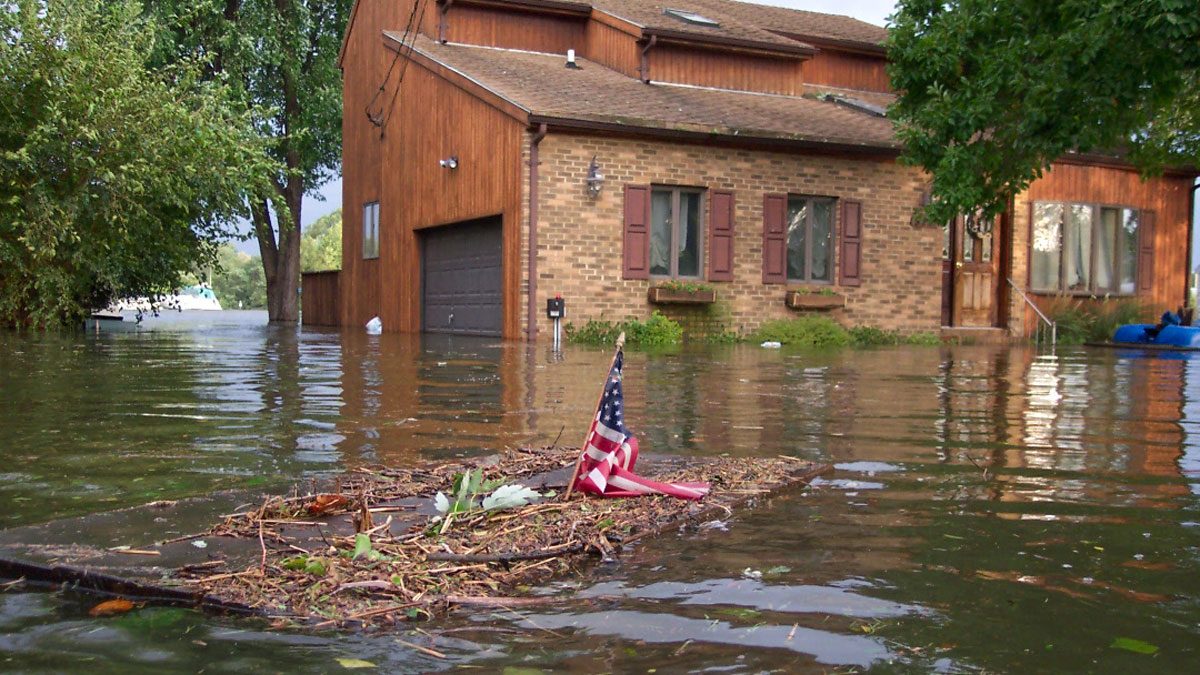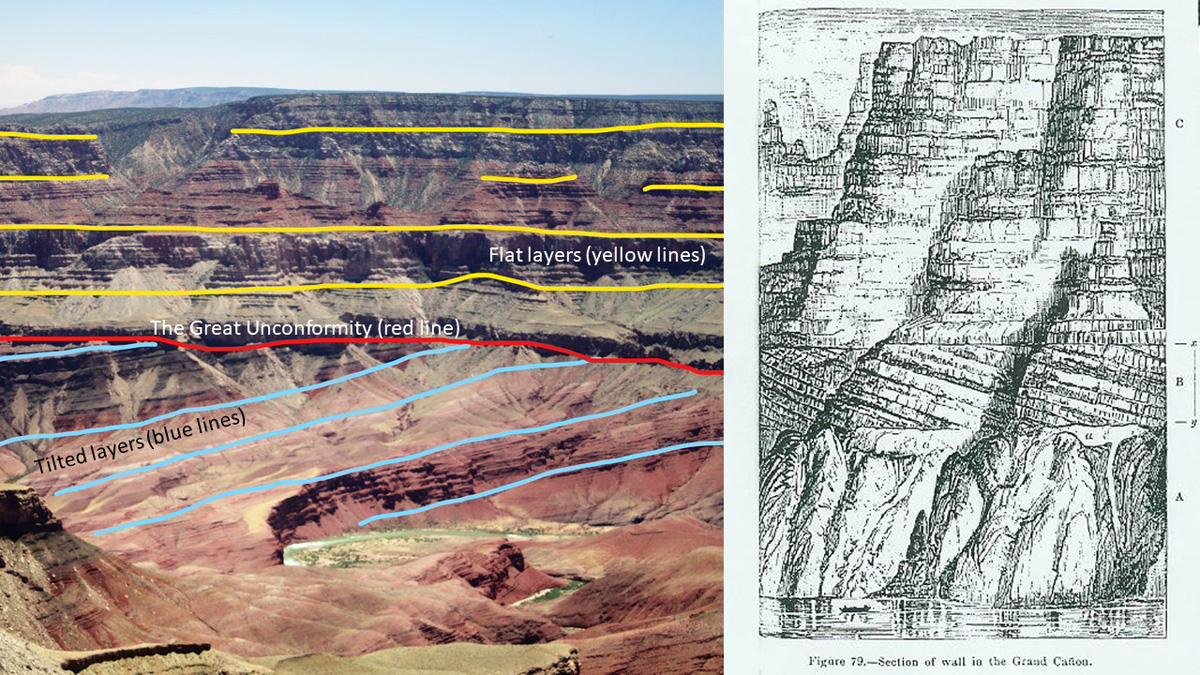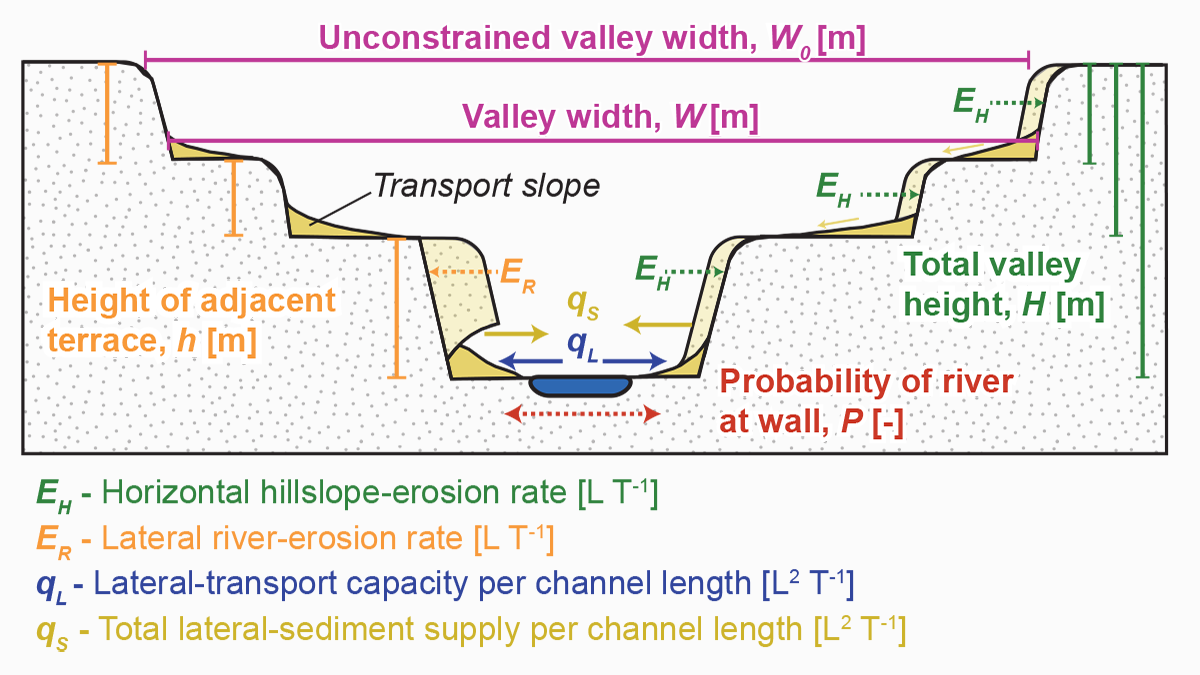Most of the Alps are considered tectonically dead, but according to new research, the southeastern region—home to prosecco wine—is very much alive.
Earth science
To Estimate Plant Water Use, Consider the Xylem
New research shows that chemical isotopes from plant xylem can improve representations of the forest water cycle.
How Can We Sample More Ethically?
Ryan-Davis and Scalice describe a path towards sampling more ethically, going beyond legal permitting requirements to engagement of Indigenous expertise and respect of peoples’ relationship to place.
Engineering with Nature to Face Down Hurricane Hazards
Natural and engineered, nature-based structures offer promise for storm-related disaster risk reduction and flood mitigation, as long as researchers can adequately monitor and study them.
Our Favorite Science Stories of 2022
Which Earth and space science stories stood out this year?
The Great Unconformity or Great Unconformities?
Some scientists think the Great Unconformity was caused by Snowball Earth’s glaciations. Recent work suggests these phenomena might not be related.
New Tectonic Plate Model Could Improve Earthquake Risk Assessment
A new model of tectonic plates in New Zealand may identify areas of increased earthquake likelihood.
Why Do Fluvial Valleys Behave So Differently?
Source: AGU Advances Editors’ Highlights are summaries of recent papers by AGU’s journal editors. The shape of fluvial valleys results from the complex interaction between climate and the local environment. Our current knowledge suggests that river discharge and valley-wall lithology are the main controls on valley width. Yet, current models based on these observations fail […]
Satellite Data Reveal Uptick in Cover Cropping on Farms
Over the course of a decade, farmers growing corn and soybeans in the U.S. Midwest increased their adoption of cover cropping—a tenet of so-called conservation agriculture—by fourfold.










